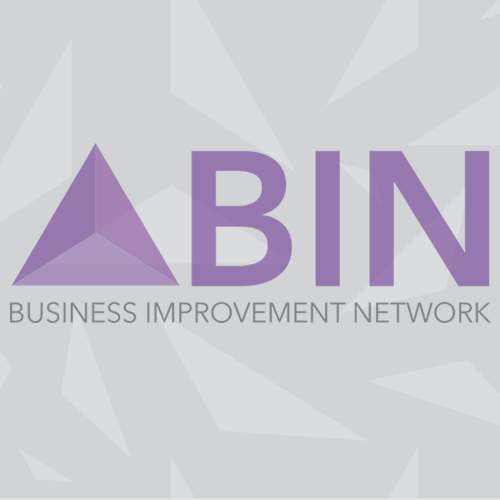Transitional change - Case study
By Vee Ganjavian

Microlink started out as a technology company. Our journey began with building computers, loading assistive technology software onto those computers and supplying them to disabled University students. We supported them throughout their tenure and provided software updates, insurance and technical support. Over time we built a team of experts, used to supporting people with disabilities and IT technicians familiar with the challenges of loading assistive technology onto systems that were not necessarily compatible.
In 2010 we teamed up with a well-known high street bank to create a service, providing workplace adjustments to all their employees. We had the expertise in disability management, the expertise in source and supply of AT products and the expertise in IT compatibility, so it was a perfect fit with their initiative for tackling disability and health related conditions within the workplace.
By taking care of our people, we increased efficiency and productivity internally. Which in turn made us more money. We then applied the same approach to our corporate clients, for every £1 they spend on our WPA service (workplace adjustment), they get a return of £2.50 on condition related absence alone. This equates to a massive fiscal benefit to both SME and large employers. The overall social and economic benefits for provision of workplace adjustments have been estimated as £3.86 for every £1 spent through the Government Workplace Scheme. We take care of their employee well-being, their people become more efficient and productive, making their profits go up! Simple.
After initial teething problems and making the process more and more efficient and lean we had created an innovative service that is now considered as best practice, has won numerous, prestigious awards and is used in 18 of the UK’s leading organisations.
It’s been quite a ride over the last 25 years. Most of our staff have been with us a long time. Over 60% have a registered disability which makes us unique in some respects, and puts us way ahead in the game of employing a diverse and inclusive workforce. It’s in our DNA.
My personal thoughts on transitioning is to build on what you know. Both Dr Nasser Siabi, our CEO and myself have a disability. Nasser’s is sight loss and I have Dyslexia. That’s how we started the business because we had had personal experience of disability related challenges – so we thought to ourselves let’s fix them. It was Nasser and I and an assistant to start with, now we employ a staff of 83 and growing.
I’d like to share with you what was learnt about transitional change:
1. Build on what you know. There are patterns and historic fails and successes within all organisations. Make sure you map these out and focus on overcoming any challenges.
2. Invest in your employees, training, knowledge, upskilling creates superstars that empower your business.
3. Embrace opportunities: If we’d stayed still with the business we’d have faced some heavy losses when the Government decided to stop spending on disabled students – a lot of our previous competitors are facing those situations now.
4. Address the 5 P’s People, Performance, Position (Financials), Playground (work environment and culture), Processes.
5. Research: Find CEO’s or leaders who have transitioned their own businesses or organizations. I found the best way is to ask someone who’s passed through the pain of transition. A hands on approach works best.
6. Get everybody on board. We found the best way was to communicate directly with our stakeholders, explaining our plans, changes and vision for the future.
7. Support behaviour change not just new attitudes. Your team need to act differently not just think differently. That requires methods and approaches that are successful at driving behavior change. Leadership sessions, accountability for change, setting specific targets for senior leadership’s performance and goals.
8. Understand change from the employee’s perspective, provide coaching and mentoring, equip mangers and employees with skills to manage change. Information is key.
9. Give clear reasons for the change that your employees understand and believe, keep it solution focused. Open door to HR to handle stress and offer emotional support.
10. Measure progress to gauge how effectively change is being adopted and accepted.
We are still building on this knowledge – it’s not a quick route to success but a structured method of change, new business models and taking care of our staff. Microlink is a growing organization that provides a service that has the ability to change lives for the better. We love what we do, we love our people, we love our clients people, we all make money so we can take care of even more people – that’s the best ‘why’ I can think of.
About the author
Vahid (Vee) Ganjavian is a Southampton based businessman, Founder of Microlink and powerboat champion. He has created his own boat racing series which includes helping disadvantaged young people and disabled servicemen.
Enjoyed reading these articles?
Have you got something you can share with the Network. Why not submit an article